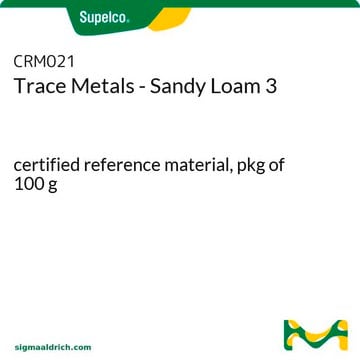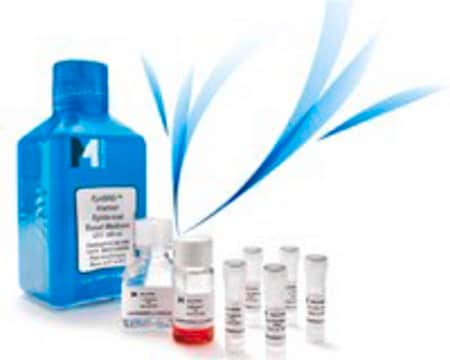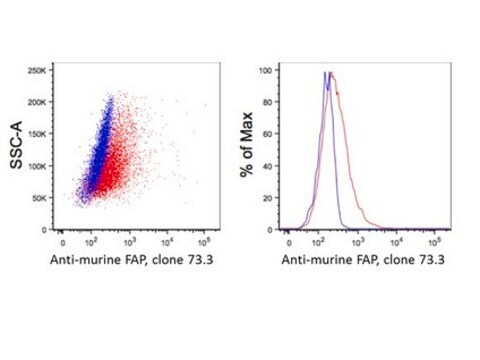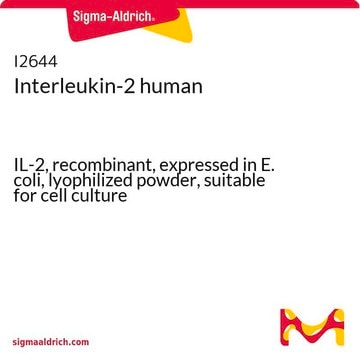MTOX1303Z
MDCKII canine MDR1 KO, human MDR1 Expressing Cells
Sinonimo/i:
MDCKII cells
About This Item
Prodotti consigliati
Origine biologica
canine kidney (cocker spaniel)
impiego
sufficient for 1 96-well plate(s) (or 24-well plate)
Confezionamento
vial of 2 million cells
Modalità di accrescimento
adherent
tecniche
cell culture | mammalian: suitable
drug transporter assay: suitable
applicazioni
ADME/TOX
Condizioni di spedizione
dry ice
Temperatura di conservazione
−196°C
Descrizione generale
Applicazioni
These cells can be used in transwell permeability assays to measure the movement of substrates through the monolayer. Efflux ratios for test compounds can be determined using standard compounds as controls.
Caratteristiche e vantaggi
The canine MDR1 (cP-gp) efflux transporter gene has been effectively disrupted in both alleles. There is no expression of the cP-gp. Validation studies have shown no efflux of standard cP-gp substrates.
The human MDR1 efflux transporter has been expressed in these cells via viral transduction. Validation studies have shown efflux ratios ≥2 for common MDR1 substrates digoxin, erythromycin, and quinidine.
Qualità
Note legali
MDCKII sublone was originally isolated by Daniel Louvard, Institut Curie, Paris France.
References: Hansson, G.G., Simons, K and Van Meer G (1986) EMBO 5: 483-489, Louvard D (1980) PNAS 77; 4132-4136
Raccomandato
Codice della classe di stoccaggio
10 - Combustible liquids
Classe di pericolosità dell'acqua (WGK)
WGK 2
Punto d’infiammabilità (°F)
Not applicable
Punto d’infiammabilità (°C)
Not applicable
Choose from one of the most recent versions:
Certificati d'analisi (COA)
Don't see the Right Version?
If you require a particular version, you can look up a specific certificate by the Lot or Batch number.
Possiedi già questo prodotto?
I documenti relativi ai prodotti acquistati recentemente sono disponibili nell’Archivio dei documenti.
Il team dei nostri ricercatori vanta grande esperienza in tutte le aree della ricerca quali Life Science, scienza dei materiali, sintesi chimica, cromatografia, discipline analitiche, ecc..
Contatta l'Assistenza Tecnica.








